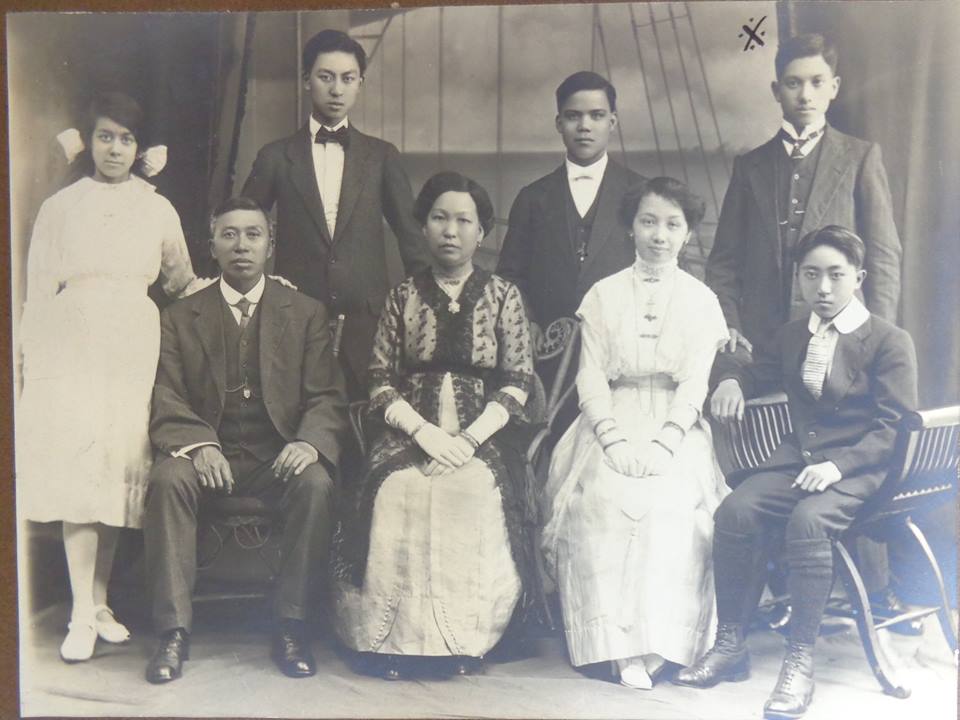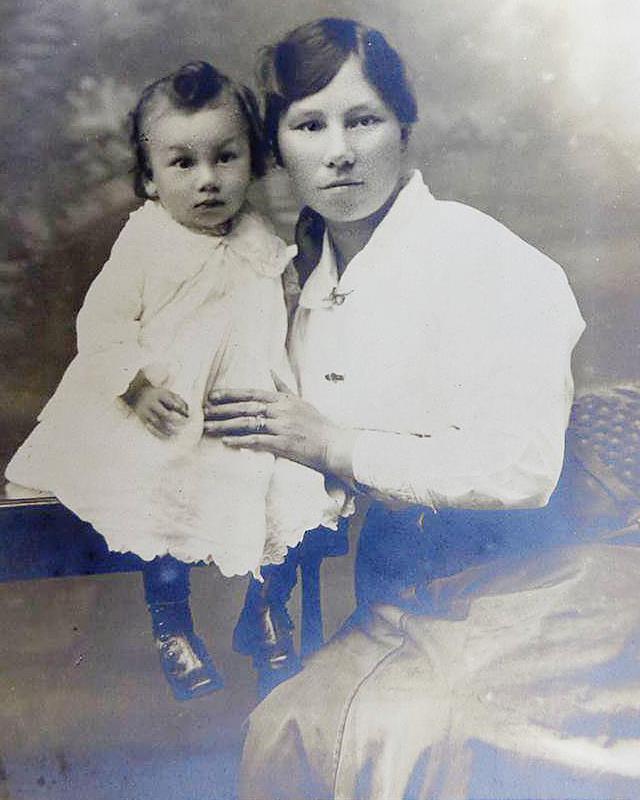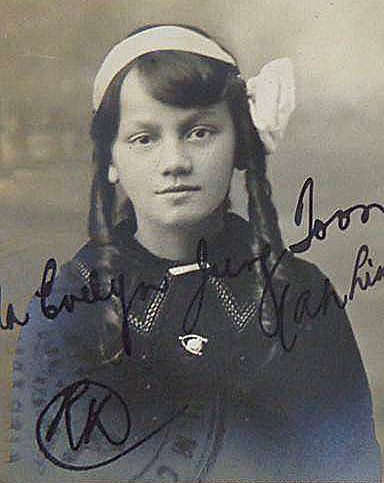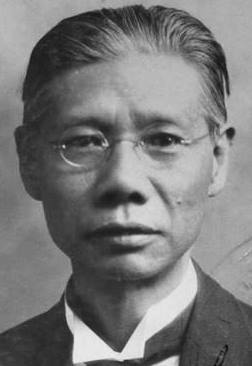Peter Hong Nam was one of the founders of Melbourne Kuo Min Tang Society. The KMT hall at Melbourne Chinatown was registered under his name before it sold to KMT. His story is being researched by Dr Mei-fen Kuo | ARC DECRA Research Fellow
School of Historical and Philosophical Inquiry
University of Queensland Brisbane 4072 Australia
Phone: +61 7 33653321
Email:m.kuo@uq.edu.au
http://hapi.uq.edu.au/mei-fen-kuo

Market gardener and former miner Charlie Ah Lipp poses heroically for his portrait in 1915.
When 18, he left from busy Hong Kong harbour in 1858 for the Colonies. After a short stay in Sydney, he joined the Chinese diggers at Beechworth for 6 months. He worked in country N.S.W. for 3 years, then made his way to the Victorian diggings in Bendigo for 5 years. He continued mining in Castlemaine and finally settled in Malmsbury where he mined, then took up market gardening.
In 1883 when 43, he married Mary Louisa Downey in Castlemaine and was nationalised in 1885.
His children were
Ah Lipp, Ada 1889-
Ah Lipp, Daisy 1893-
Ah Lipp, Ellen/Nellie
Ah Lipp, Emily 1887-1964
Ah Lipp, George 1896-
Ah Lipp, Margaret 1889- m George Jung Toon (Ah Lim)
Ah Lipp, William
He was a well-known personality in the district, and was given a send off (and a traveling bag) before his return to China. A year before, this story appeared in the local newspaper:
"A CHINAMAN IN TROUBLE"
On Tuesday Ah Lip, a well known resident of Malmsbury, came to Kyneton, and overstepped the bounds of temperance to such an extent that he became hopelessly drunk and took up a position in front of the Drill Hall in Market Street, his legs outstretched across the path, while the wall of the building acted as a fortification for his back. Curiously enough, recruiting operations were going on in the hall and it was thought by some that Ah Lip was awaiting his turn for enlistment. Several friendly passers-by endeavoured to dislodge him from his entrenchment but he refused to budge, and stoutly held the fort until the arrival of Constable Philips, who promptly took him prisioner and had to procure a cab to convey him to the lockup. Later in the afternoon he was released on bail to appear before the court yesterday morning.." (p. 98 Gold 'n greens : a history of the Chinese of Malmsbury and district / compiled by Susan Walter on behalf of Malmsbury Historical Society 2010)
"Ah Lipp grew and sold vegetables. He had his vegetable garden in the edge of the racecourse. He wore a flat straw hat and carried his produce in two large baskets suspended from long poles across his shoulders. Prices were cheap - 1d. for root vegetables, 1d. and 2d. for cabbages..." p.100



Little Bourke Street Melbourne looking east about 1890
 Den Pooh photographed at 55.
Den Pooh photographed at 55.
Arrived 31 years ago on a tonnage ticket puchased in a Hong Kong store for $300. Met by Hing Kee a store owner in Little Bourke Street who he stayed with for 2 months. Worked in Sydney for 26 years for cabinetmakers and a Chinese store. Went to Ballarat to work for his brother as an assistant herbalist.
Married with wife but no children in China
Victorian NAA CEDT records are the most complete of the eastern states: not only do the files contain detailed information about the applicants on their statutory declarations but Police reports in this state which were a regular part of the assessment are also available. Occasionally suspected applicants were required to detail their arrival and work history in a formal statement and these provide valuable insights into the lives of ordinary coloured migrants. Some of these declarations have signatures in Chinese characters - the most accurate way of determining the Cantonese name
This directive was sent to all Customs offices in the Commonwealth. When initially put into practice, some Victorian statutory declarations included the village of origin and /or the village where the wife and children resided in Canton.
DEPT HOME and TERRITORIES,
CANBERRA. A.C.T.,
19th June,1930
The Collector of Customs,
MELBOURNE VIC .
CHINESE APPLICANTS FOR C.E.D.T.
With regard to the rule under the Chinese Student Regulations that children from l0 to 14 years of age will be admttted for educational purposes only in cases where they are coming to join a parent or parents already residing in Australia it may be stated for your oonfidential information that the Department has reason in a case now under consideration to doubt the bona tides or a Chinese who claims to be the father of two children whose admission is sought.
2. In several other cases, also, the records of visits to China have shown that alleged fathers could not have had children of the ages stated in the applications.
3. As a safeguard in the future, it is desired that all applicants for C.E.D.T should be asked to state whether they are married or not, and if so, the place of residence (if she is living). The form of application (Form No.22) should be amended before issue, to include the following questions which could be written or typed on, viz:
5a. (a) Are you married or single (b) if married, where does wife reside (if living)?4. If the applicant states that he is married and that his wife resides in China, he should be further questioned, when he calls to have his certificate completed, as to whether he has any children; if so, particulars as to their respective names; date of birth, and sex should be included in a written statement which should be signed by the applicant and the officer who receives it, and attached to the file for future reference if necessary.
F.J.Quinlan
Assistant Secretary
This photo of George Young (En Young Fong)and his family was taken in Bendigo before they returned to the village of Gar Yew in 1900. He made his fortune as a sand tailer on the Bendigo goldfields where he employed 70 labourers at Eaglehawk retrieving gold. His eldest daughter Clara used this photo to establish her identity when she returned to Victoria in 1917.
Clara is the girl standing, Harry is the eldest boy then Willie, Frank Mary and Lily. She remembered little of the town of her birth as her father prohibited the children from leaving their home. Tutors visited to educate them.

Meu Loong was a prominent furniture manufacturer in Melbourne, trading as Quong Lee and Co where he worked since arriving at 22. He married Yiet Kai who arrived here when she was 11. They had 5 children here before visiting Leong Shan, Canton in 1916, intending to return.When their next child was born in Canton, they sent a doctor's certificate registering the event to Victorian Customs and extended their return permits to 1925. They did not return however and their permits lapsed.